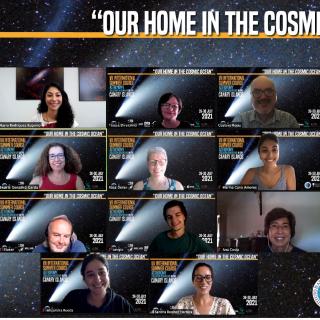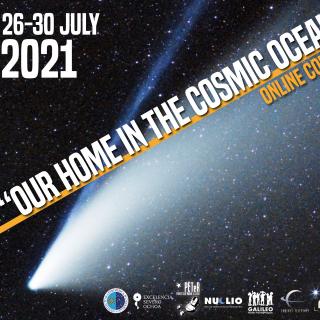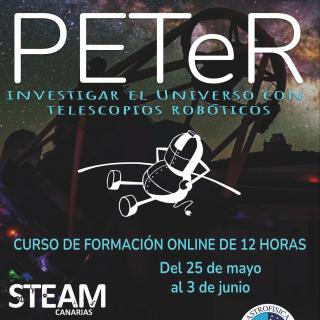Las Cumbres Observatory, a global telescope network


Las Cumbres Observatory’s one-of-a-kind, worldwide network of robotic telescopes gives scientists a capability they have never had before. The ability to make continuous astronomical observations over periods of several days means that different types of observations and new discoveries can be made. We are able to do this because our multiple telescopes, while located at sites all around the world, are connected via the internet and centrally controlled to act as a single scientific instrument. We built this network ourselves—almost entirely from scratch. It is an unprecedented achievement that took more than a decade to complete.
LCO does much more than operate this network of telescopes. In-house teams of astronomers use the network to make observations that advance cutting-edge knowledge—including the study of supernovae, exoplanets, and near-earth objects. In addition, our engineering team has been responsible for advances in robotics, networking, and data analysis. We put what we have discovered in the public domain for the benefit of researchers everywhere.
Diámetro: 40x3



